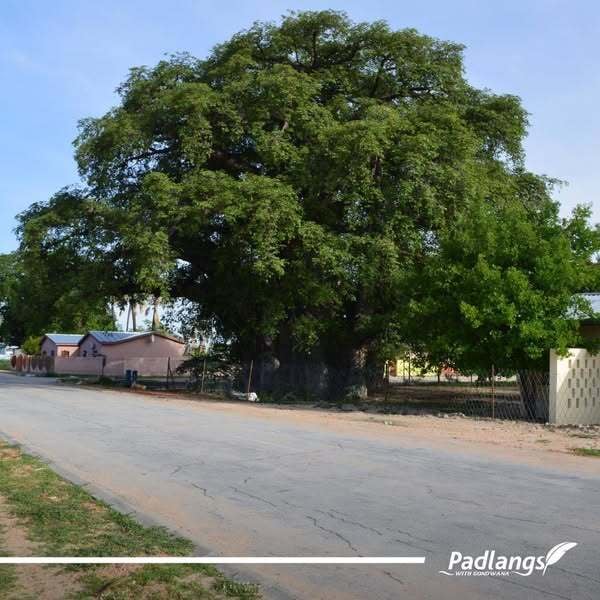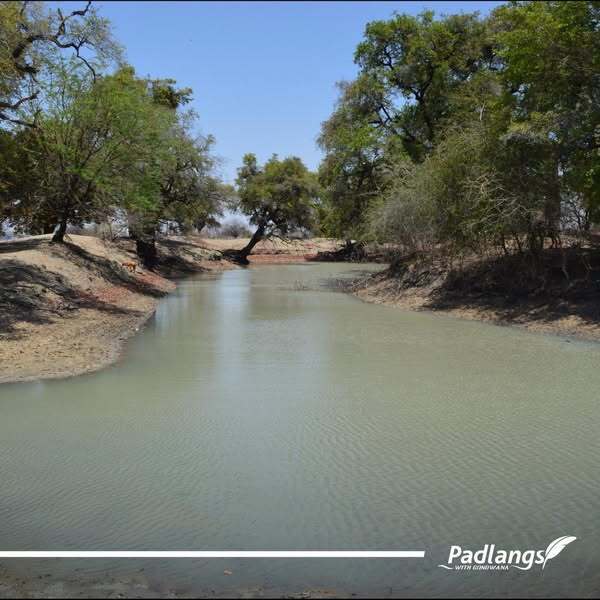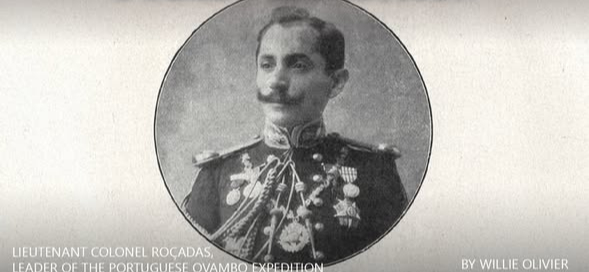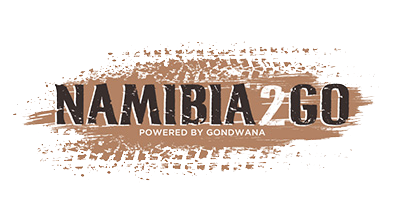Outapi has traditionally been the centre of the Aambalantu and was formerly also known as Ombalantu, a name that has been interpreted to mean “kingdom of the people”. It has also been suggested that the name is a combination of ombala and aantu meaning the “people’s palace”.
The origin of the name Outapi can be traced back to a raid carried out by the Aakwambi against the Aambalantu. During the raid one of the female members of the royal family called out words that can be translated as “Where is my bow?” or “Bring my bow!”
𝐎𝐌𝐁𝐀𝐋𝐀𝐍𝐓𝐔 𝐁𝐀𝐎𝐁𝐀𝐁
The landmark Ombalantu Baobab is undoubtedly the best-known baobab in the north of the country and has played a major role in the history of the Aambalantu.
The Ombalantu Baobab consists of six stems and one false stem and the oldest part is between 700 and 750 years old. It has a height of 20.4 metres and a circumference of 24.4 metres. The branches of the ancient tree, which is between 700 and 750 years old, served as a lookout post from which to spot attackers in days gone by.
An opening of about two metres high and one metre wide provides access to the hollow trunk that can hold about 20 people. The cavity was used as a storage place and became the first post office in Outapi in 1940, enabling contract workers to send letters, parcels and money to their families in the north.
The tree later became the centrepiece of a base of the South African military. A stone-built pulpit, cross and two rows of benches in the hollow trunk are reminders of its use as a chapel during this period.
A much larger but often overlooked monumental baobab is situated a short distance to the south of the Outapi Town Hotel in a private property. With a height of 22 metres and a circumference of 30.6 metres, this baobab is around 800 years old.

𝐏𝐋𝐀𝐍 𝐒𝐎𝐋𝐃𝐈𝐄𝐑𝐒 𝐆𝐑𝐀𝐕𝐄
The graveyard to PLAN Soldiers is a reminder of the pitched battles that broke out in the area on 1 April 1989, the day on which Resolution 435 was implemented. A group of PLAN soldiers was celebrating the occasion at a traditional homestead of a community member at Onhokolo village, about 25 kilometres from Outapi. When their presence became known to the South West African Police (SWAPOL) an attack was launched with armoured vehicles and helicopters from the east and northwest. The windy conditions prevented the fighters from hearing the approaching armed forces and 20 PLAN soldiers were shot dead, while one managed to escape.
Seven PLAN soldiers were killed at Okafitu kaKamba, northeast of Outapi, in another attack. Their bodies were brought to the military base and buried in a mass grave with the combatants killed at Onhokolo. The site was declared a national heritage place in September 2011.
𝐎𝐍𝐄𝐋𝐔𝐍𝐆𝐎 𝐏𝐎𝐍𝐃𝐒
Onelungo Ponds, just outside the boundaries of Outapi, occupy a very special place in the culture of the Aambalantu. It was believed that the ponds were home to a supreme being and various traditional rituals were performed here.
The Onelungo Ponds and other similar ponds in the area are the legacy of King Kamhaku who had the ponds built by the Aambalantu to store water during good rainy seasons. Local folklore has it that if someone fetched water from the ponds without performing the required ritual, the basket would remain empty, or the water would turn red. According to another legend, people could be heard screaming if the rituals were not performed.
Fish breed in the ponds and the fishing season could only start once a ritual had been performed. According to tradition, only one fish could initially be caught and had to be taken to the king’s palace where it was roasted. The fishing season could commence once the roasted fish had been thrown back into the pond. Rituals also had to be performed before any of the eenyandi fruits of the Omwandi trees could be harvested.
The Onelungo Ponds were declared a national heritage place in 2011. It is situated on communal land.

𝐎𝐋𝐔𝐅𝐔𝐊𝐎 𝐅𝐄𝐒𝐓𝐈𝐕𝐀𝐋
The first Olufuko Festival was hosted by the Outapi Town Council in September 2012 to revive interest in the ceremony and to attract visitors to the Omusati Region. The festival is billed as a celebration of traditional culture, arts and crafts and also provides an opportunity businesses to showcase their products and services.



.jpg)
.jpg)




.png)

SUBMIT YOUR COMMENT